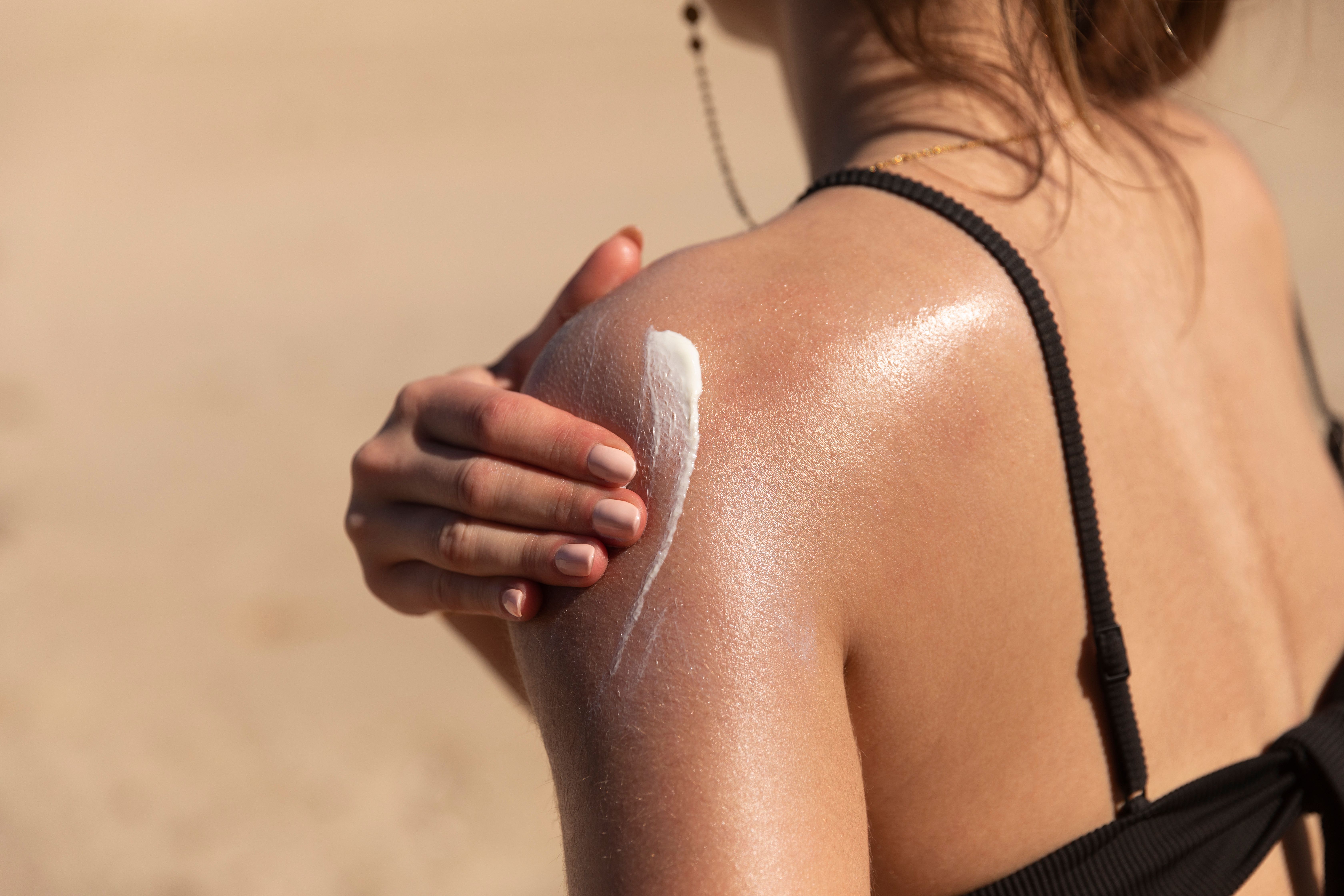- Acne
- Actinic Keratosis
- Aesthetics
- Alopecia
- Atopic Dermatitis
- Buy-and-Bill
- COVID-19
- Case-Based Roundtable
- Chronic Hand Eczema
- Chronic Spontaneous Urticaria
- Drug Watch
- Eczema
- General Dermatology
- Hidradenitis Suppurativa
- Melasma
- NP and PA
- Pediatric Dermatology
- Pigmentary Disorders
- Practice Management
- Precision Medicine and Biologics
- Prurigo Nodularis
- Psoriasis
- Psoriatic Arthritis
- Rare Disease
- Rosacea
- Skin Cancer
- Vitiligo
- Wound Care
Article
Influencing and Improving Photoprotection Behaviors in Patients With Xeroderma Pigmentosum
Author(s):
Patients with the rare autosomal recessive genodermatosis are prone to extreme photosensitivity and changes in skin pigmentation.
In a study1 of patients with the rare autosomal recessive genodermatosis known as xeroderma pigmentosum (XP), researchers found that changes in photoprotection behaviors were achievable through a complex personalized intervention.
Lea/AdobeStock

XP is an inherited disorder in which ultraviolet (UV) light causes damage to the genetic material and DNA in skin cells without repair. Patients are prone to extreme photosensitivity, and sun or UV exposure may lead to changes in skin pigmentation due to skin thinning. Symptoms may include slow-healing sunburns or blistering despite minimal durations of exposure, photophobia, and scaling, crusting, or oozing of the skin.2
Patients may be susceptible to skin cancers with a nearly 200-fold risk of malignant melanoma, and eye symptoms and neurologic symptoms, in turn, may also develop. The condition occurs in nearly 2.3 out of every million births in Western Europe, according to researchers.1
In order to improve photoprotection behaviors and adherence among patients with XP, researchers developed an intervention called Expanding XP Photoprotection Activities – New Directions (XPAND). The program specifically targeted the improvement of facial photoprotection behaviors; researchers cited prior research demonstrating that the face is the site of most cancer cases in patients with XP.
The study, which was cross sectional in nature, employed the participation of 15 patients ages 16 and older who had received a clinical XP diagnosis. Patients with cognitive impairments, those who did not speak English, or had clinical anxiety or depression were excluded from participation due to the nature of the study, according to researchers.
Researchers conducted semi-structured interviews with the 15 participants, who were divided into 2 groups: those who had been randomized to receive XPAND and those who were randomized to a delayed intervention control.
The XPAND program consisted of several at-home visits and online visits. The first session taking place at participants’ homes and the second through fourth session taking place over telephone or Skype. Sessions 5 and 6 took place fortnightly, and session 7 took place between 4 and 6 weeks after session 6.
“We initiated the discussion by exploring overall perceptions and emotional responses towards XPAND, impacts on behaviour and reasons behind changes/no changes, narrowing the focus to explore different components and then broadening out to consider the future of their own behaviour and the implementation of XPAND,” wrote Walburn et al.
As a result of the intervention, everyone who needed to improve their sunscreen use achieved change, and in turn, began applying sunscreen and using photoprotection more frequently. All participants described making improvements to at least 1 photoprotection activity.
“Participants reported that the quality of XPAND's components was high in terms of delivery and content. All felt that at least one component had directly met their personal needs,” according to Walburn et al. “When asked who the intervention might be most suitable for, the majority identified those recently diagnosed with XP because, people need to be reassured and understand more about XP and its effects on them.”
References
- Walburn J, Foster L, Araújo‐Soares V, et al. Acceptability and influence of a complex personalized intervention on changes in photoprotection behaviours among people with xeroderma pigmentosum. Br J Health Psychol. Published online July 6, 2023. doi:10.1111/bjhp.12675
- Xeroderma pigmentosum. Mount Sinai Health System. Accessed July 11, 2023. https://www.mountsinai.org/health-library/diseases-conditions/xeroderma-pigmentosum#:~:text=Xeroderma%20pigmentosum%20(XP)%20is%20a,or%2046%20chromosomes%20in%20total.
Newsletter
Like what you’re reading? Subscribe to Dermatology Times for weekly updates on therapies, innovations, and real-world practice tips.







